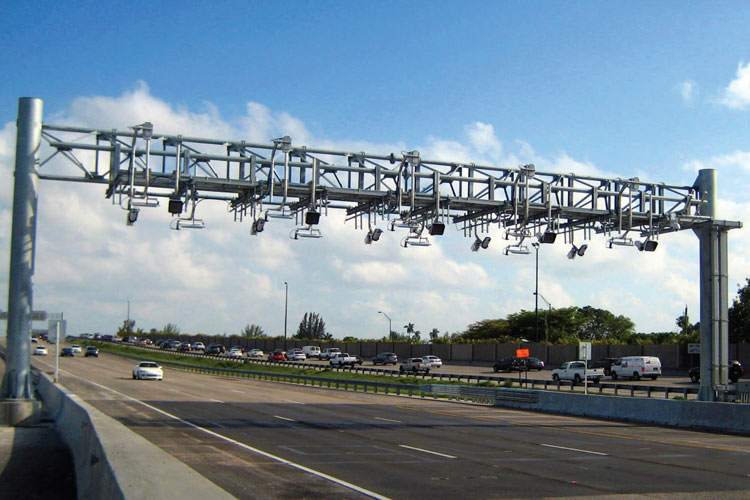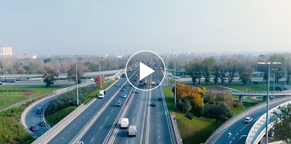Across the entire United States, drivers often have options between toll roads and non-toll roads. The toll is an old-fashioned concept that remains effective today, and according to one expert, the “toll system is a system of roadways, or at least a single roadway, where the privilege to use it is based on a user fee…A toll system may not only be a road, but can also be a bridge or tunnel for which users pay a fee,or toll, in order to pass.”
A brief history

Though there are more toll systems in the eastern part of the country, which has a much higher population density, they can appear in almost any location. The tolls exist for two reasons:
- The roads are often extremely convenient and easier to navigate than other roads and highways.
- The tolls pay for the superior upkeep and maintenance needed as well as infrastructure projects, in general.
While they were originally collected in actual cash, with small booths and gates with toll collectors accepting coins and paper bills, today they are mostly electronic. And though tolls may seem as if taxpayers are paying twice for the same roads, there are many who believe that tolls prevent the deterioration and eventual decline of roads and bridges. Toll fees average around six cents per mile for most cars and passenger vehicles.
The rise of electronic toll systems
Either way, tolls are a permanent fixture in American transportation and travel, and because of that, there are large companies that have formed around toll collection. The largest and most familiar is E-Z Pass®.
This is an innovation in which cars can utilize transponders linked to specific accounts, and the electronic toll passes then communicate with system equipment. Linked to pre-paid accounts, they enable highways to move far more smoothly since they integrate express lanes at toll booth areas. The owner of an E-Z Pass device can use the exclusive toll booth with its electronic eye, or they can stay in a lane dedicated to the passes and which uses a special array of sensors to detect the passes even while the cars run at full speed.
The E-Z Pass system operates in 17 different states, and there are others in use such as SunPass and FasTrak, and they all use a transponder system for specific roadways. While not all states have upgraded to a transponder style of toll collection, many use cashless tolls in the form of cameras that record license plates and then bill the owner according to the address registered to the plate.
Radar-tracking and cameras
It is important to note that many of the systems utilize radar-tracking to gauge the speeds of vehicles as they pass through the network. This can lead to trouble for drivers who are traveling above the posted speeds and is a reason to always stay beneath the “Speed Limit” in any area.

Tolls are a part of driving in the U.S. and it is important to obey the rules and always pay toll fees. This will mean investing in a transponder that you fund through a bank account (often automatically refilled) or by paying tolls at a booth or through the “toll by mail” system.
If you have any questions about driving in the United States, we can help. We are also here to help you get behind the wheel of your own vehicle easily, affordably and quickly so you can go out and master all of those spoken and unspoken rules of the road!
We are the vehicle experts for internationals.
Sources:
https://www.thruway.ny.gov/travelers/tolls/cashless-tolls.html





